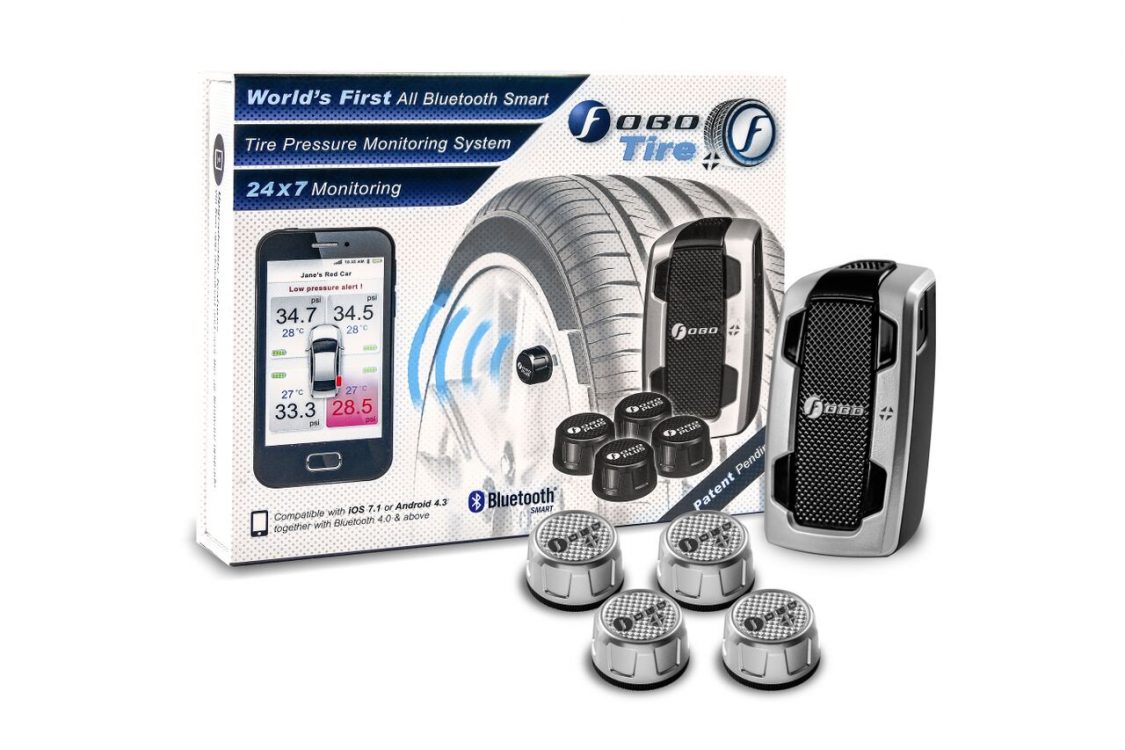
Cheat sheet for the driver: tire pressure monitoring system
Cheat sheet for the driver: tire pressure monitoring system
 The photo is taken from the site: https://ozrobotics.com/shop/fobo-tire-pressure-monitoring-system-for-cars-and-heavy-duty-pickups-silver/
The photo is taken from the site: https://ozrobotics.com/shop/fobo-tire-pressure-monitoring-system-for-cars-and-heavy-duty-pickups-silver/
Let's be honest: checking tire pressure is not included in the number of daily checks. Someone may remember the existence of a pressure gauge once a month. Most people check their wheels every six months. And then not themselves, but rely on the responsibility of the master tire fitter. And in everyday life, they just look by eye. Never do so!
If the pressure is set incorrectly, the area of the contact spot changes. Famous tire manufacturers calculate it long and meticulously, conducting hundreds of hours of tests. And you are wasting all their efforts with your negligent attitude. "Unsupervised" wheels can fail both when braking, and in turns. Sometimes it can cost a lot of money. Over-pressure tires wear out at an accelerated rate along the center of the tread. The work surface can be killed in just a season, and you will have to spend money immediately on a new set of tires.
The tire pressure monitoring system will help you avoid trouble. Like any driver's assistant, it takes on routine checks and only bothers the owner when there are any deviations from the norm.
From a mechanical accessory it became electronic and registered on civilian cars. Its first use dates back to the 1990s, and in the next decade it became widespread. For example, the Peugeot 407 released in 2004 was equipped with a tire pressure monitoring system in all configurations. The common designation is TPMS, Tire Pressure Monitoring System, but there are other abbreviations.
There are two possible implementations. The first (passive) works through the ABS sensors that are on each wheel. As soon as the wheel loses pressure, its diameter changes, and the path it has traveled differs from all the others. The sensors notice this and output a signal to the dashboard. Similarly, you can detect a wheel with excessive pressure. This architecture has a fairly large measurement error. But it's cheap: you don't need to put any extra details.
In very primitive versions, the orange icon of the wheel simply lights up. The driver is asked to find out which of the four tires is the problem. More advanced assistants will point to a specific tire, but the pressure value will not be shown, because they do not measure it. The norm is first set at the factory, and then the driver must deal with it.
After each wheel replacement (even one), you need to set the recommended pressure in them and press the button in the cabin to "tell" the car that the current state is correct. Deviations will be calculated from it. Another implementation is already full-fledged, it is used on cars of medium and premium classes. Each disk has a sensor on the inside that measures the pressure and transmits the numbers via the control unit to the panel. The driver can see the amount of air in each tire. The sensors are equipped with long-lasting batteries that last for several years. Data is transmitted over the air, so the system would not exist without wireless data transfer technologies. Modern sensors weigh 20 grams and are attached to the back of the nipple.
The national highway traffic safety administration (NHTSA) states that before the mandatory introduction of TPMS, low-pressure tires caused about 250,000 accidents, 660 deaths and 33,000 injuries every year! After the introduction of the system, the number of accidents fell to 8,500, and the number of deaths - to 120. And yet, according to the same organization, flat wheels daily give a total fuel overspend of about 16 thousand tons.
disscuss